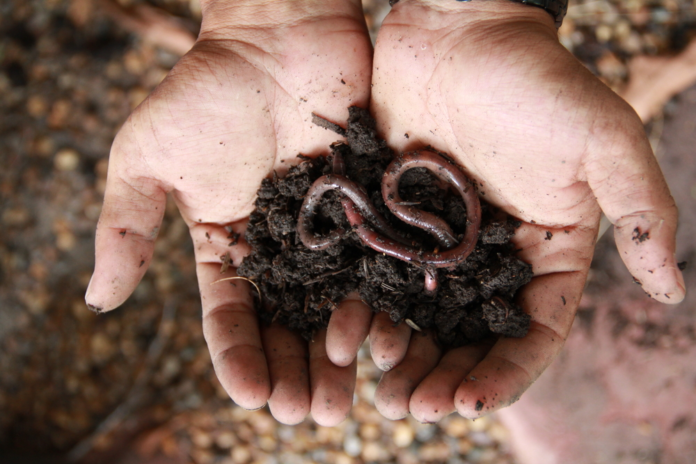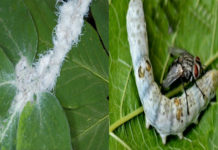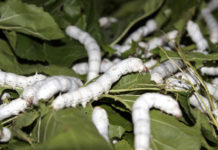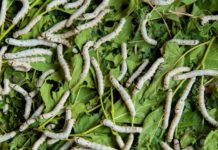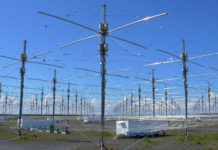“Vermiculture is the cultivation of the earthworms, mainly to use them to turn organic waste into fertilizer“
Introduction
The term “vermicompost” arose from a Latin word “Vermes” indicating “worms” and the method of composting of organic matter using earthworms is known as vermicomposting. Earthworm was living millions of years ago. They are nature’s way of recovering organic nutrients from dead tissues back to living organisms. Earthworms that influence soil microbial society, physical and chemical characteristics are made them known as the “farmer’s friend” or “nature’s ploughman”. Various species of worms are used in vermiculture, the practice of feeding organic waste to earthworms to decompose food waste. These are usually Eisenia fetida (or its close relative Eisenia Andrei) or the Brandling worm, commonly known as the tiger worm or red wiggler. They are separate from soil-dwelling earthworms. In the tropics, the African nightcrawler Eudrilus eugeniae and the Indian blue Perionyx excavatus are used.
Requirement and Steps
Essentials
- A hospitable living environment,
- A food source,
- Enough moisture (greater than 50% water),
- Enough aeration,
- Safeguard from temperature extremities,
Materials required for vermicomposting
- Construct the shed (size of 10 x20 feet for 3 pits)
- Construct Pits (Size of 5 feet diameter and 6 to 7 feet depth)
- Waste Materials
- Earthworms
- Gunny bags
- Permanent Water supply
Construction of the shed

The main reason for the formation of the shed above the vermibed is to avoid direct sunlight, to control temperature and maintain humidity.
Construction pits
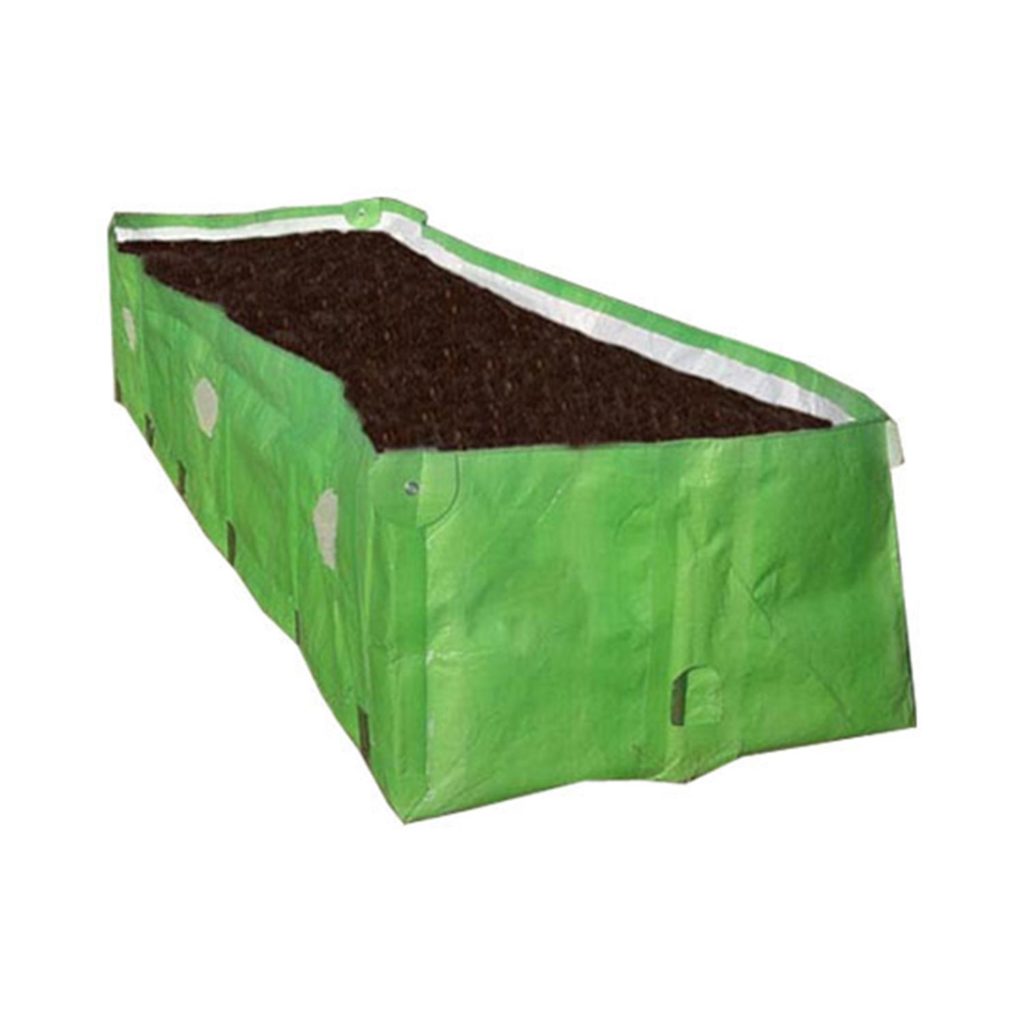
Vermibed is the layer of wet loamy soil placed at the bottom, on 15 to 20 cm thick above a thin layer (5 cm) of broken bricks and coarse sand. Earthworms are added into the loamy soil, which the worms will inhabit as their home,150 earthworms may be introduced into a compost pit of about 2m x 1m x 0.75m, with a vermibed of about 15 to 20 cm diameter. Handful‑lumps of fresh cattle manure is then placed at random across the vermibed. The compost pit is then layered to about 5 cm with dry leaves or preferably chopped hay or agricultural waste biomass. For the next 30 days, the pit is kept moist by sprinkling water it whenever necessary. The bed should neither be dry or soggy. The pit may then be covered with coconut or Palmyra leaves or old jute (gunny) bag to discourage birds. Plastic sheets on the bed are to be avoided as they trap heat.
After the first 30 days, wet organic waste of animal and/or plant origin from the kitchen or hotel or hostel or farm that has been pre-digested is spread over it to a thickness of about 5 cm, repeat this twice a week. All these organic wastes can be turned over or mixed periodically with a trowel. Regular watering should be done to keep the pits moist. If the weather is very dry, it should be checked rhythmically. The compost will be ready in 60 to 90 days and the material becomes moderately loose, crumbly with dark brown colour. It will be black, granular, lightweight and humus-rich.
Waste materials
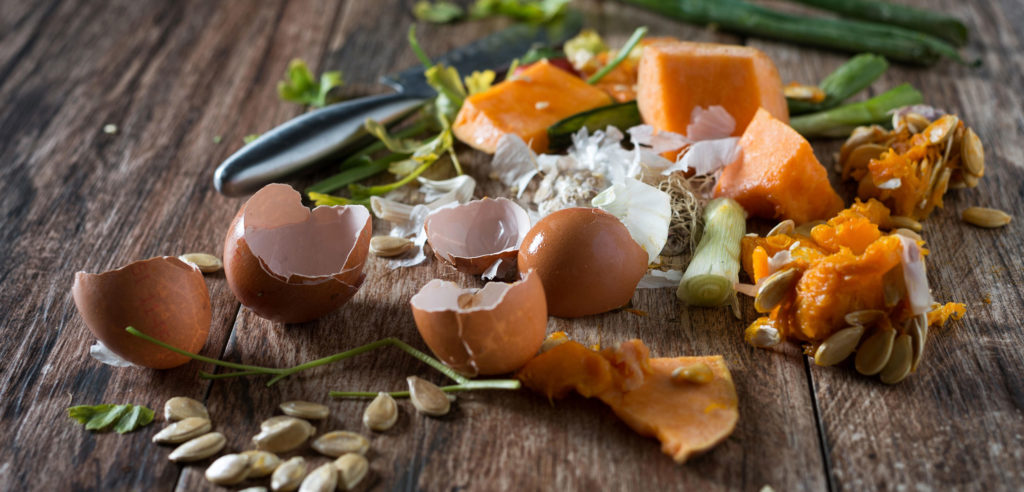
Organic wastes can be broken down and fragmented rapidly by earthworms, resulting in a stable nontoxic material with good structure, which has a potentially high economic value and also acts as a soil conditioner for plant growth. We can use organics waste like fruits and vegetable wastes, we can also use manure and slurry to the vermibet . Horse Manure, Straw, Peat Moss, Corn wastes, Newspaper, Leaves, Cornstalks, Sawdust, Bark, Corrugated cardboard, Lumbermill waste, Paper fibre sludge, Sawdust, Hardwood chips these wastes can be used for the vermiculture.
Earthworms
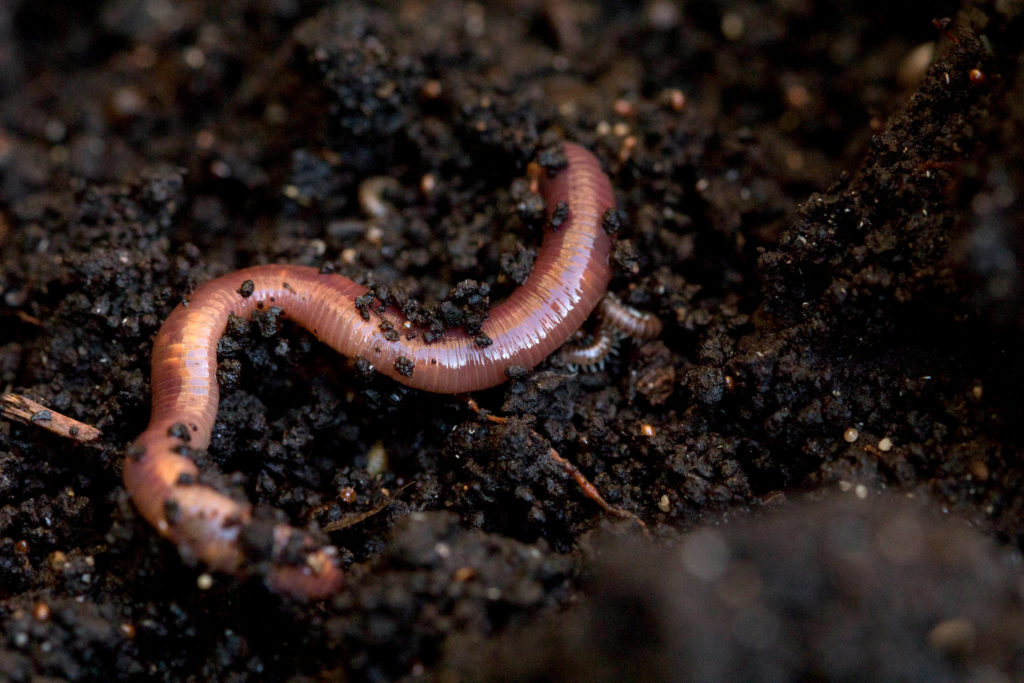
An earthworm is a prime worker in the process of vermiculture, They have a worldwide distribution and are commonly found living in soil, serving on live and dead organic material. An earthworm’s digestive system runs through the length of its body. It breathes through its skin. Some of the earthworms which can be used for vermiculture are red wiggler or tiger worm (Eisenia fetida or Eisenia andrei); Lumbricus rubellus its also called red earthworm is another breed of worm that can be used, but it does not adapt as well to the shallow compost bin as does Eisenia fetida. European nightcrawlers (Eisenia hortensis) may also be used. Users refer to European nightcrawlers by a variety of other names, including dendrobaenas, dendras, and nightcrawlers. African Nightcrawlers (Eudrilus eugeniae) are another set of popular composters.
Gunny bags
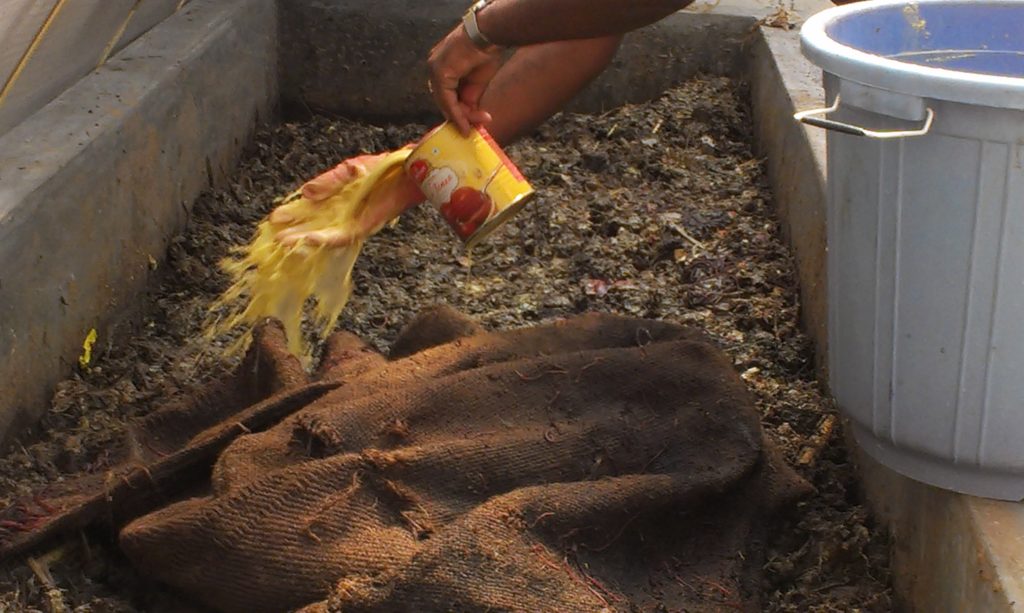
Vermicompost can be produced in any place with shade, high humidity and cool. Abandoned cattle shed or poultry shed or unused buildings can be used. If it is to be produced in an open area, the shady place is selected. A thatched roof may be provided to protect the process from direct sunlight and rain. The waste heaped for vermicompost production should be covered with moist gunny bags.
Permanent water supply
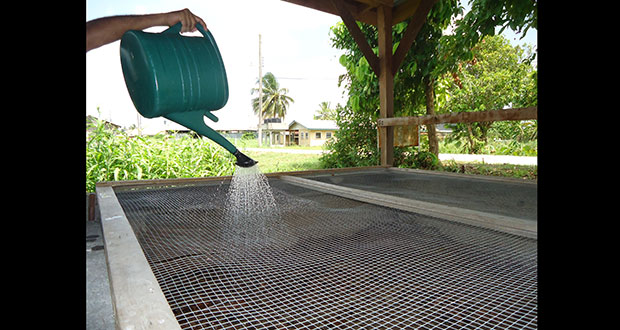
Water is sprinkled on it to get a moisture level of 40-45%. The bed should appear wet. The bed is covered with Gunny cloth and water is sprinkled over the cloth regularly to keep gunny cloth wet. Daily watering is not required for vermibed. If the requirement occurs, water should be sprinkled over the bed rather than pouring the water. Watering should be stopped before the harvest of vermicompost.
Steps for doing Vermiculture
- Selection of suitable earthworm
- Selection of site for vermicompost production
- Containers for vermicompost production
- Vermiculture bed
- Worm Food
- Selection for vermicompost production
- Putting the waste in the container
- Watering the vermibed
- Harvesting vermicompost
- Harvesting earthworm
- Storing and packing of vermicompost
Advantages of Vermiculture
- Vermicompost is an eco-friendly natural fertilizer.
- Vermicompost is rich in all essential plant nutrients.
- Vermicompost is free-flowing, easy to apply, handle and store and does not have bad.
- Does not have any adverse effect on soil, plant and environment.
- Improves soil aeration and texture thereby reducing soil compaction.
- improves water retention capacity of soil because of its high organic matter content.
- Provides excellent effect on overall plant growth, encourages the growth of new shoots/leaves and improves the quality and shelf life of the produce.
- Requires little space, labour, or maintenance.
- Reduces the cost of fertilizer used.
- Increases the quality of the soil.
- Increases the bacterial growth.
- Vermicompost is free from pathogens, toxic elements, weed seeds etc.


